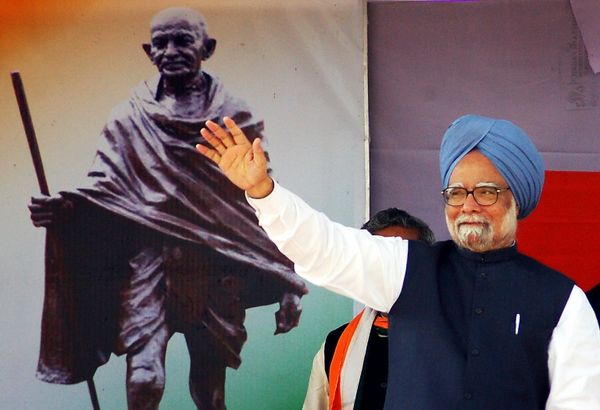
The cost of medical treatment in the United States has been a topic of concern for decades. With soaring healthcare bills and insurance premiums, many Americans are left struggling to understand why they pay significantly more for medical care compared to other developed countries. The reasons for this are complex and multi-faceted, with a range of contributing factors that influence the high price tag on health services. In this article, we'll explore the key drivers behind these costs.
The Role of Administrative Costs
One of the main reasons healthcare in the U.S. is so expensive is the administrative burden. The complexity of the American healthcare system, which involves multiple payers, both public and private, creates inefficiencies. According to a report by the Center for American Progress, administrative costs account for roughly 25% of total healthcare spending in the U.S. This includes expenses associated with billing, insurance processing, and compliance with regulations. These costs are much higher in the U.S. than in countries with more streamlined systems, such as those with a single-payer model.
Moreover, medical providers often need to employ extra staff solely to manage billing and insurance claims. This additional layer of bureaucracy drives up costs, which are ultimately passed on to patients in the form of higher medical bills.
Pharmaceutical Prices Are Sky-High
Prescription drugs are another major factor in the high cost of healthcare. The U.S. pays some of the highest prices for pharmaceuticals in the world. Americans spend about $1,300 per person annually on prescription drugs, more than twice the amount paid in other high-income countries. Why?
One reason is the lack of government regulation over drug prices. Unlike many other nations, the U.S. government does not negotiate drug prices with pharmaceutical companies, leaving the market to set its own rates. This often results in pharmaceutical companies charging exorbitant prices, especially for brand-name drugs. Additionally, patents and market exclusivity rules allow drug manufacturers to maintain high prices without competition from generics, further driving costs.
The High Price of Medical Technology

The U.S. healthcare system is heavily reliant on cutting-edge medical technology. From advanced imaging machines like MRIs and CT scanners to robotic surgery systems, hospitals often invest in the latest equipment to offer the best care possible. However, these technologies come at a steep price. Hospitals must cover the cost of purchasing, maintaining, and operating this equipment, which can cost millions of dollars. These expenses are then passed on to patients in the form of higher fees for diagnostic tests and treatments.
While technological advancements have improved the quality of care, they have also contributed to higher healthcare costs. The frequent use of expensive medical equipment, even when not absolutely necessary, has been criticized for inflating prices without always improving patient outcomes.
The Impact of Defensive Medicine
Defensive medicine refers to the practice of ordering unnecessary tests or treatments to avoid potential lawsuits. In the U.S., the threat of malpractice litigation looms large for healthcare providers, leading many to take extra precautions that might not be medically necessary. While defensive medicine is meant to protect doctors from legal repercussions, it often results in patients undergoing additional tests and procedures, driving up their medical bills.
The cost of malpractice insurance is also a significant factor. Physicians pay substantial premiums to protect themselves from lawsuits, and these costs are often passed on to patients. Although reforming malpractice laws could help mitigate this issue, it remains a deeply entrenched aspect of the American healthcare system.
Hospital Fees and Profit Margins
Hospitals in the U.S. are another source of high medical costs. Unlike in many countries where hospitals are non-profit or publicly funded, many American hospitals are run as for-profit businesses. This business model drives the need for hospitals to generate revenue, which often results in higher fees for services such as surgeries, overnight stays, and emergency room visits.
Hospital fees are notoriously opaque, making it difficult for patients to understand what they are being charged for. The same procedure can cost vastly different amounts depending on the hospital, even within the same city. In some cases, hospitals mark up prices significantly, sometimes as much as 20 times the cost or more, according to a study published in Health Affairs.
Lack of Transparency in Pricing
Another significant issue contributing to high healthcare costs is the lack of transparency in pricing. Patients often don't know how much a treatment or procedure will cost until after it has been performed, leading to unexpected bills. This opacity not only makes it difficult for consumers to shop around for the best prices but also leaves many struggling to keep track of what they owe.
It's not uncommon for individuals to find unpaid medical bills months after receiving care, as they often get lost among various statements from providers and insurance companies. Without clear, upfront pricing, patients are left in the dark, unsure of how much their medical care will ultimately cost.
Efforts have been made to improve transparency, such as recent federal regulations requiring hospitals to post prices for common procedures. However, these measures have yet to make a significant impact on reducing overall healthcare costs.
Conclusion
The high cost of medical treatment in the United States is the result of multiple factors, from administrative inefficiencies and pharmaceutical pricing to the expense of medical technology and hospital fees. While there is no single solution to reducing these costs, reforms in areas such as drug pricing, administrative streamlining, and transparency could help ease the burden on American patients. Until then, the U.S. will likely continue to grapple with the issue of expensive healthcare, leaving many wondering how to afford the care they need.







